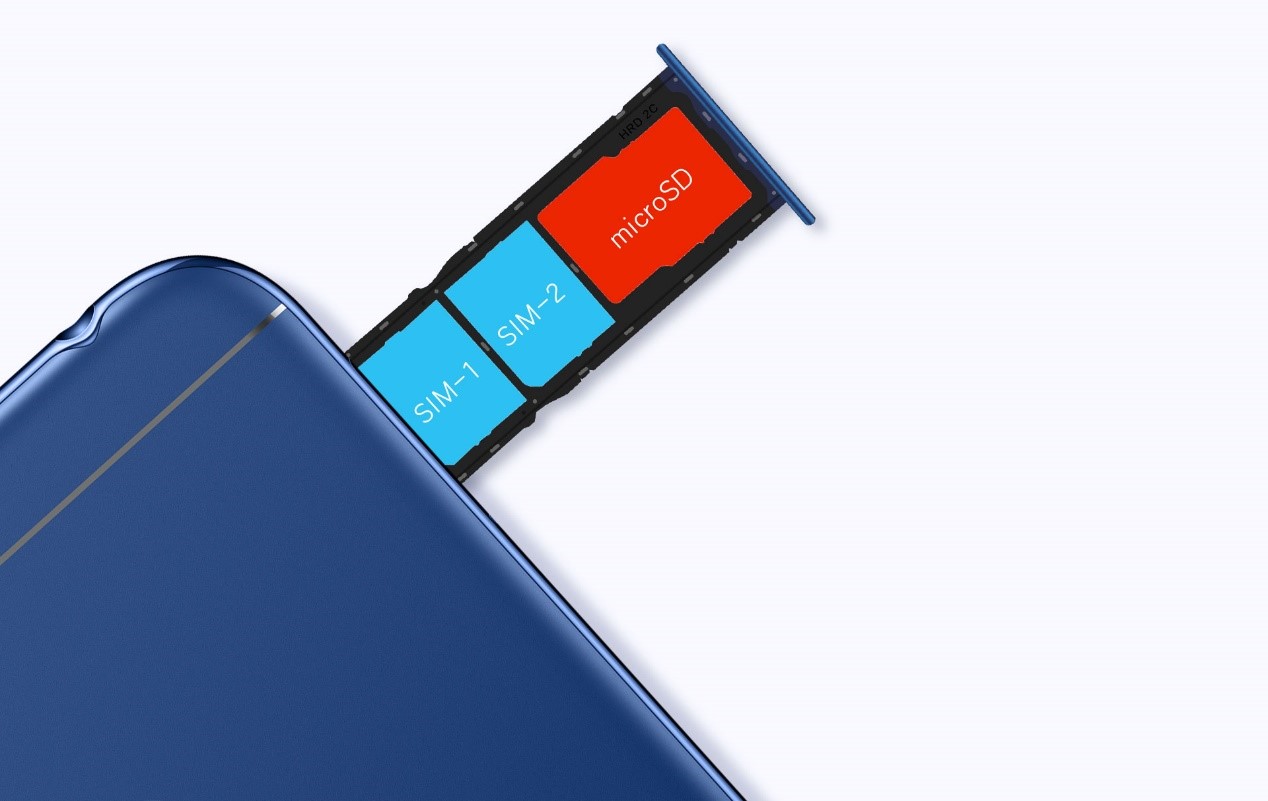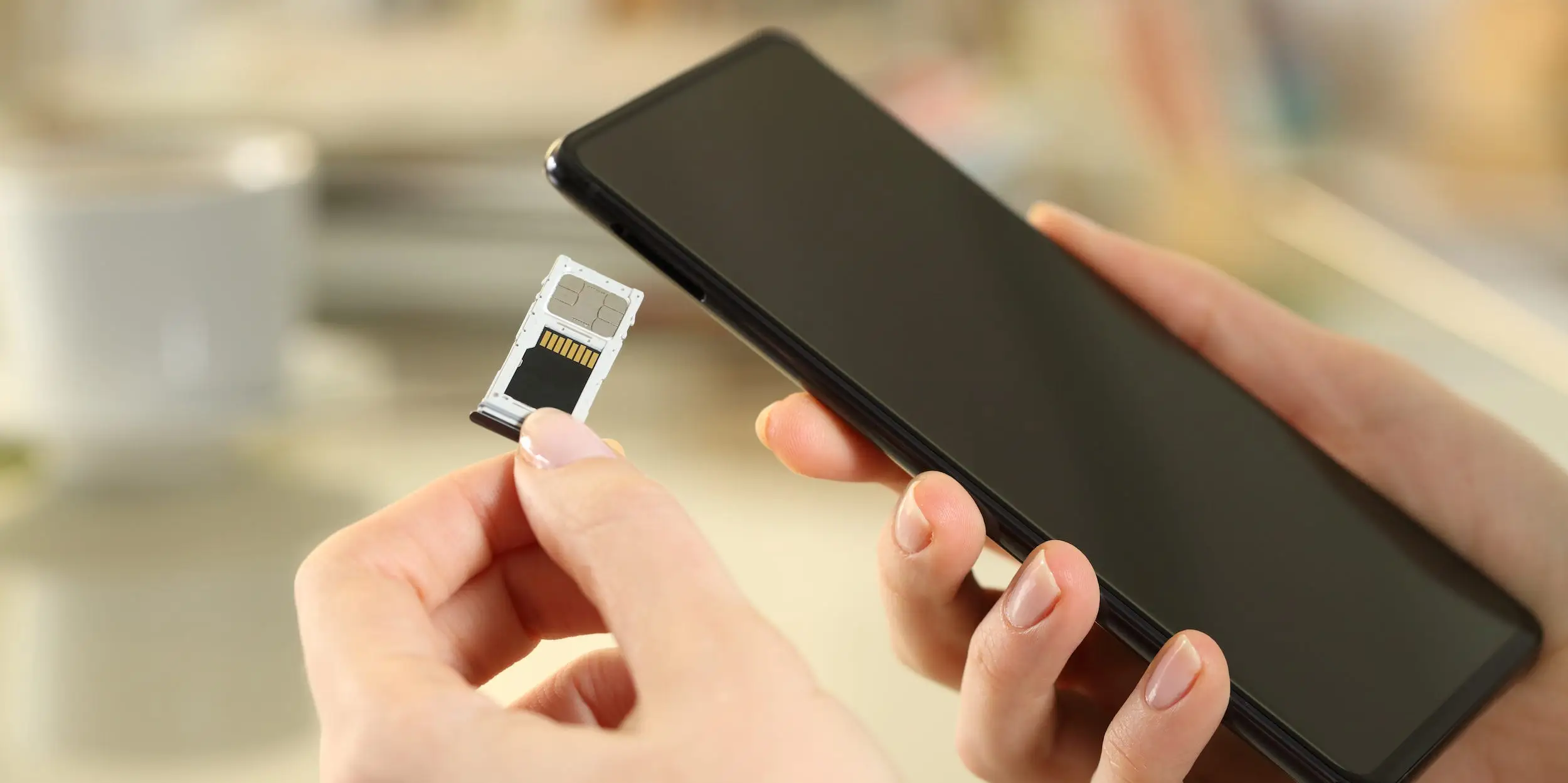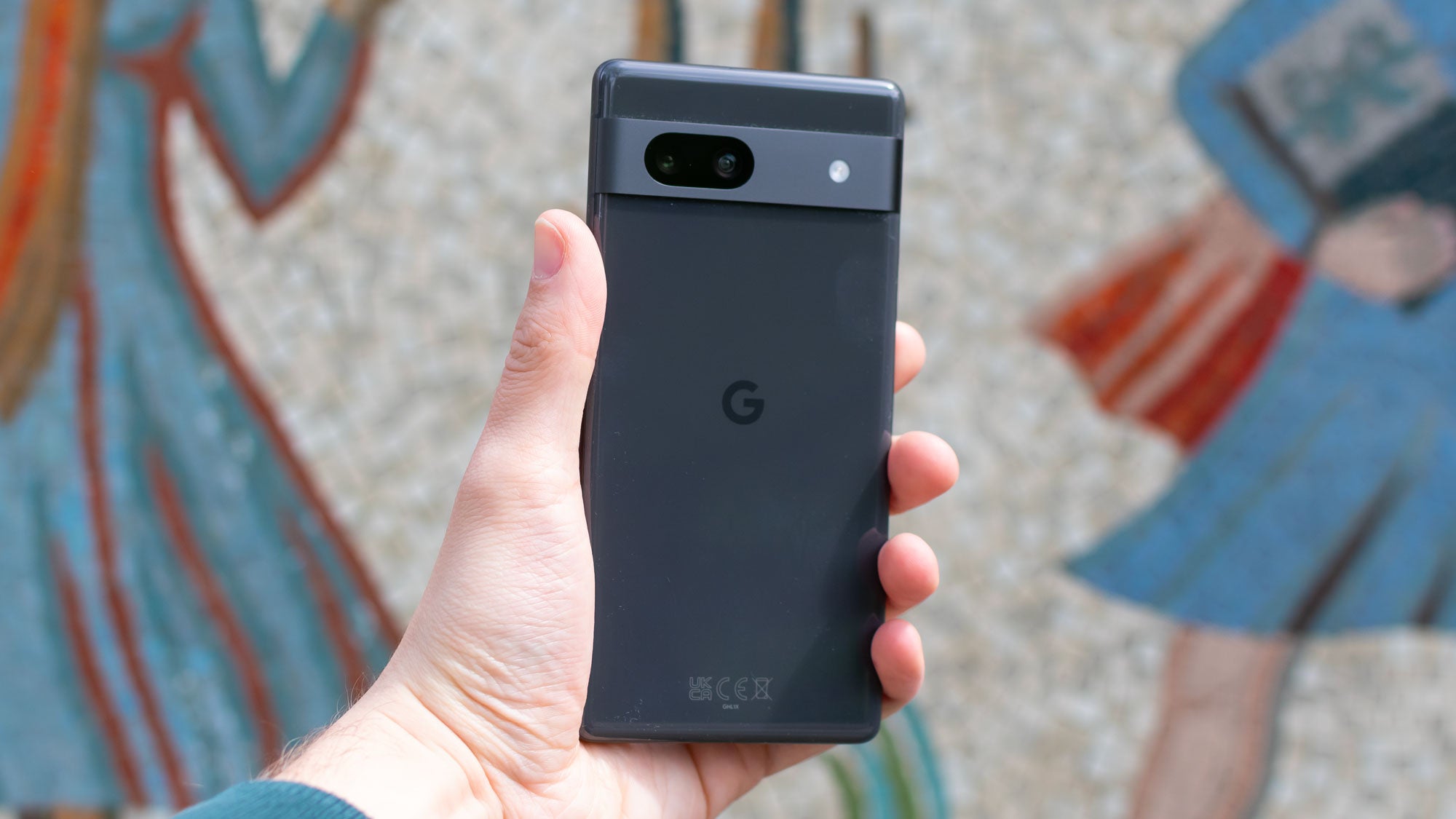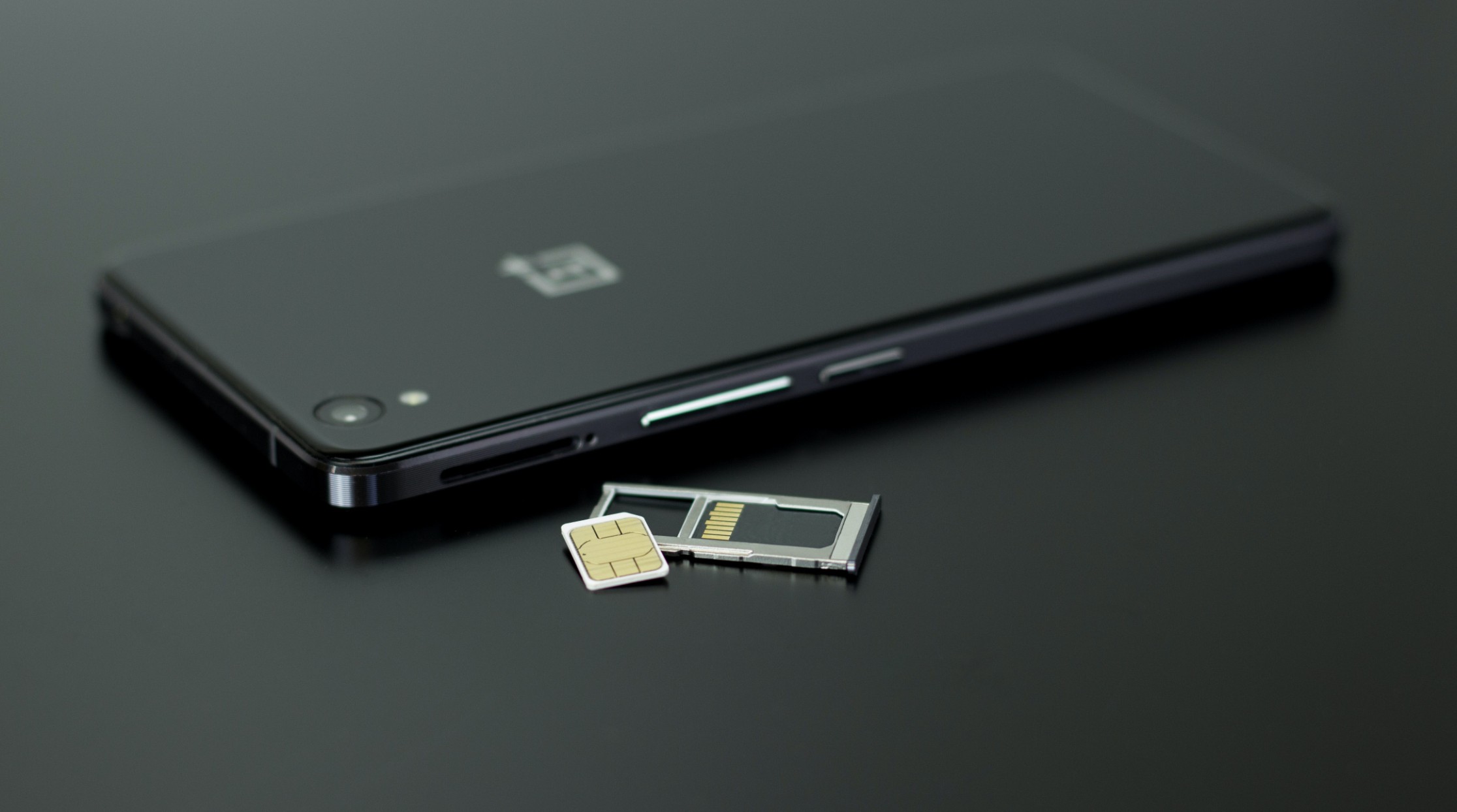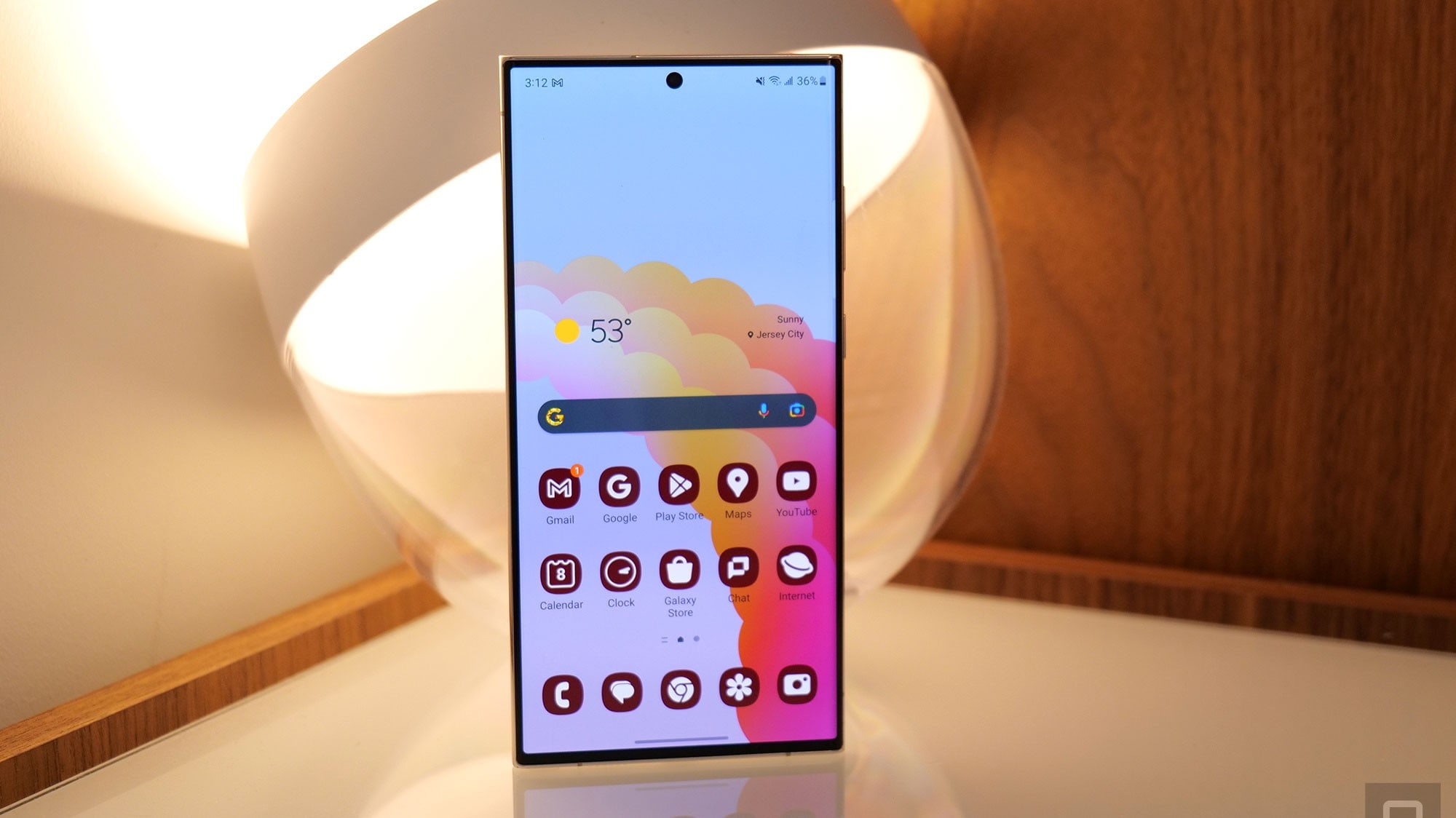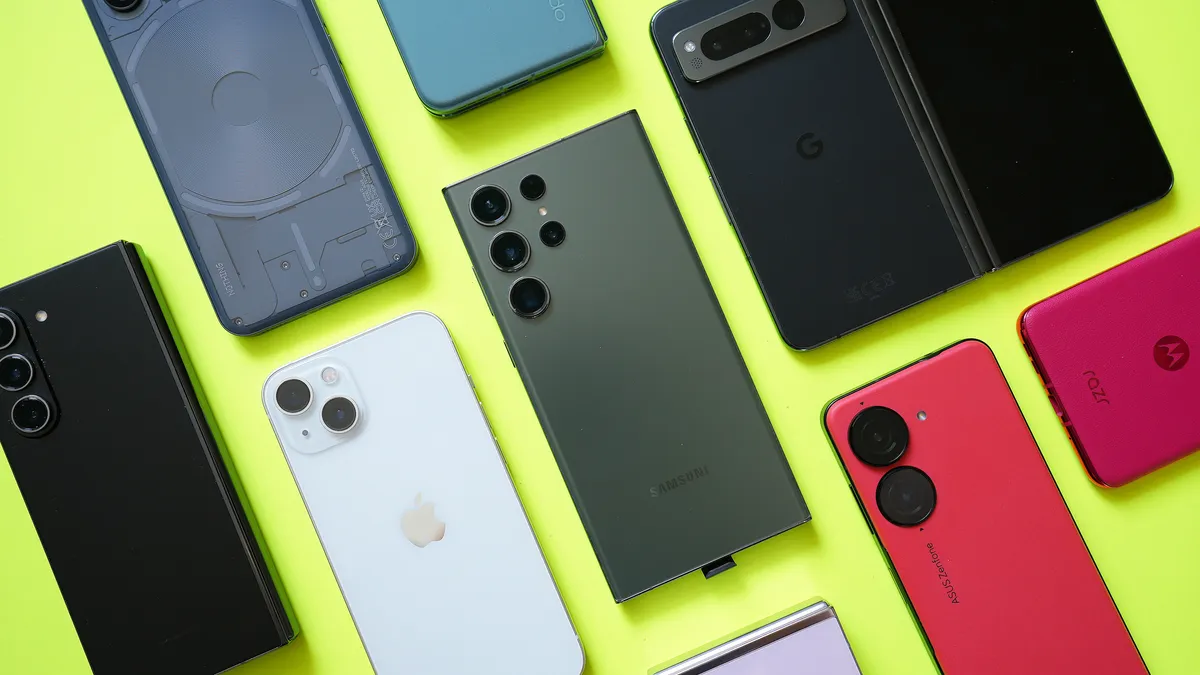Introduction
In today's fast-paced world, staying connected is more important than ever. Whether it's for work, personal communication, or simply staying updated with the latest news and trends, having a reliable and efficient means of communication is crucial. This is where the concept of dual SIM cards comes into play, offering a convenient solution for managing multiple phone numbers and network providers simultaneously.
Dual SIM cards have become increasingly popular among mobile device users, providing the flexibility to juggle between two different phone numbers and even distinct cellular plans on a single device. This innovation has revolutionized the way people manage their communication needs, offering a seamless experience that was once limited to carrying multiple phones or swapping physical SIM cards.
Understanding the functionality and advantages of dual SIM cards is essential for anyone looking to optimize their mobile communication experience. Whether you're a frequent traveler, business professional, or someone seeking to streamline your personal and professional communications, delving into the world of dual SIM cards can open up a world of possibilities and convenience.
In this comprehensive guide, we will explore the intricacies of dual SIM cards, shedding light on how they work, their benefits, potential drawbacks, and best practices for utilizing them effectively. By the end of this journey, you will have a deeper understanding of how dual SIM cards can empower you to stay connected in a more efficient and flexible manner. So, let's embark on this exploration of dual SIM cards and uncover the secrets behind their functionality and utility.
What is a Dual SIM Card?
A dual SIM card refers to a feature integrated into mobile devices that enables them to hold and operate with two separate SIM cards simultaneously. Each SIM card functions independently, allowing users to make and receive calls, send messages, and access data services through two distinct phone numbers and mobile carriers.
This innovative technology has gained immense popularity due to its ability to address the evolving communication needs of users. Whether it's for personal or professional use, dual SIM cards offer unparalleled flexibility and convenience, eliminating the need to carry multiple devices or constantly switch between SIM cards.
With a dual SIM card setup, users can seamlessly manage their communication preferences, such as designating one SIM for personal contacts and the other for business purposes. This versatility extends to international travel, where individuals can maintain their primary number while using a local SIM card for cost-effective roaming services.
Dual SIM cards come in various configurations, including standby and active modes. In standby mode, both SIM cards are operational, but only one can be active for calls and data usage at a given time. On the other hand, active dual SIM cards allow both SIMs to be active simultaneously, enabling users to receive calls on one number while using data on the other.
Furthermore, the advent of eSIM technology has expanded the capabilities of dual SIM functionality, allowing for a combination of physical and electronic SIM cards. This advancement has streamlined the process of activating and managing multiple mobile subscriptions on a single device, enhancing the overall user experience.
In essence, a dual SIM card empowers users with enhanced communication flexibility, cost-effective usage, and seamless management of multiple phone numbers and network providers. This feature has become a valuable asset for individuals seeking to optimize their mobile communication experience, making it an integral aspect of modern-day smartphones and other mobile devices.
How Does a Dual SIM Card Work?
A dual SIM card operates within the framework of a mobile device, leveraging specialized hardware and software integration to enable the simultaneous use of two distinct SIM cards. When a call is made or received, or when data services are accessed, the device's software intelligently manages the routing of these communications to the appropriate SIM card based on predefined settings or user input.
The fundamental operation of a dual SIM card involves the device's ability to maintain separate connections for each SIM card, allowing for independent communication activities. This means that users can make calls, send messages, and access data using either of the two SIM cards without any interference between the two numbers.
In standby dual SIM mode, one SIM card is designated as the primary card for making calls and accessing data, while the second SIM card remains on standby. When an incoming call or message is received on the standby SIM, the device intelligently manages the notification process, ensuring that users are aware of any activity on both SIM cards.
In active dual SIM mode, both SIM cards are fully operational, allowing users to make and receive calls, send messages, and access data services simultaneously. This functionality is particularly beneficial for individuals who require constant accessibility on two separate phone numbers, such as professionals managing personal and business communications on a single device.
The seamless operation of dual SIM cards is achieved through the device's software, which provides a user-friendly interface for managing SIM card preferences, such as designating a default SIM for specific types of communication or setting up call forwarding between SIM cards. Additionally, modern smartphones often feature advanced settings that enable users to customize how incoming calls, messages, and data usage are handled across the dual SIM setup.
With the evolution of eSIM technology, the concept of dual SIM functionality has expanded to include a combination of physical SIM cards and electronic SIM profiles. This integration allows for greater flexibility in managing mobile subscriptions, as users can activate additional mobile plans without the need for physical SIM cards, further enhancing the versatility of dual SIM devices.
In summary, the operation of a dual SIM card is intricately woven into the functionality of modern mobile devices, offering users the ability to manage multiple phone numbers and network providers with ease and efficiency. This innovative feature has redefined the way individuals approach mobile communication, providing a seamless and adaptable solution for their diverse connectivity needs.
Benefits of Using Dual SIM Cards
The utilization of dual SIM cards offers a myriad of compelling advantages that cater to the diverse communication needs of users. From enhanced flexibility to cost-effective usage, the benefits of employing a dual SIM setup extend across various scenarios, making it a valuable feature for modern mobile device users.
1. Seamless Management of Personal and Professional Communications
Dual SIM cards empower individuals to efficiently manage their personal and professional communications on a single device. By assigning specific contacts and communication activities to each SIM card, users can seamlessly differentiate between personal and work-related interactions. This streamlined approach ensures that important calls and messages are received without the need for multiple devices or constant SIM card swapping.
2. Enhanced Travel Convenience
For frequent travelers, dual SIM cards offer unparalleled convenience when navigating international borders. By maintaining their primary number on one SIM card and using a local or international SIM on the other, travelers can avoid costly roaming charges while staying connected with their home network. This flexibility enables seamless communication without the hassle of carrying and switching between multiple phones.
3. Cost-Effective Usage
Dual SIM cards provide the opportunity for cost-effective usage by leveraging different mobile plans and network providers. Users can take advantage of competitive pricing, special promotions, and tailored plans offered by various carriers, optimizing their communication expenses. Additionally, the ability to use a separate data plan on the second SIM card can result in significant savings, especially for individuals with specific data usage requirements.
4. Uninterrupted Connectivity
In scenarios where network coverage may be limited or unreliable, dual SIM cards ensure uninterrupted connectivity by allowing users to switch between SIM cards based on signal strength and network availability. This feature is particularly beneficial in remote areas or during travel, where maintaining constant communication is essential.
5. Business and Personal Separation
Dual SIM cards facilitate the separation of business and personal communications, enabling professionals to maintain a clear distinction between work-related contacts and personal connections. This segregation fosters a more organized and focused communication approach, ensuring that important business calls and messages are prioritized without interference from personal interactions.
6. Flexibility in Mobile Subscriptions
With the integration of eSIM technology, dual SIM functionality has evolved to provide greater flexibility in managing mobile subscriptions. Users can easily activate additional mobile plans without the need for physical SIM cards, offering a seamless and adaptable solution for accommodating diverse communication needs.
In essence, the utilization of dual SIM cards presents an array of benefits that cater to the evolving communication landscape. From streamlined management of personal and professional communications to enhanced travel convenience and cost-effective usage, the advantages of dual SIM functionality underscore its significance in empowering users with greater control over their mobile connectivity.
Drawbacks of Using Dual SIM Cards
While dual SIM cards offer a multitude of benefits, it's important to acknowledge that this innovative feature also comes with certain drawbacks that users should consider. Understanding the potential limitations of dual SIM functionality can help individuals make informed decisions regarding its implementation and usage.
1. Increased Complexity
Managing a dual SIM setup introduces an additional layer of complexity to the user experience. From configuring SIM card preferences to navigating through settings for call and message handling, users may encounter a learning curve when adapting to the intricacies of dual SIM functionality. This complexity can lead to confusion and potential errors, especially for individuals who are new to this feature.
2. Battery Consumption
The operation of dual SIM cards can impact the device's battery consumption. Managing two active SIM cards simultaneously may result in increased power usage, potentially leading to more frequent recharging of the device. While advancements in mobile technology have mitigated this issue to some extent, users should be mindful of the potential impact on battery life when utilizing dual SIM functionality extensively.
3. Limited Slot Availability
In devices with dedicated slots for dual SIM cards, the presence of two SIM card slots may limit the availability of other features, such as expandable storage or a secondary SIM slot for additional functionality. This constraint can pose a challenge for users who prioritize expandable storage options or require the simultaneous use of multiple SIM cards alongside other hardware components.
4. Compatibility with Certain Features
Some mobile devices may exhibit limitations in feature compatibility when utilizing dual SIM cards. For instance, certain advanced features, such as 5G connectivity or specific network technologies, may not be fully accessible in dual SIM mode. This disparity in feature support can impact the overall user experience, particularly for individuals who rely on cutting-edge mobile capabilities.
5. Network Signal Interference
In scenarios where both SIM cards are actively used for calls and data, users may experience network signal interference, especially in areas with overlapping coverage from different network providers. This interference can lead to call quality issues, data connectivity disruptions, and overall inconsistency in communication performance, posing a potential inconvenience for users.
6. Device-Specific Limitations
Certain mobile devices may impose restrictions on the functionality of dual SIM cards, such as limited customization options for call handling, messaging preferences, or data usage management. These device-specific limitations can impact the extent to which users can leverage the full potential of dual SIM functionality, potentially hindering their ability to tailor the experience to their specific needs.
In summary, while the adoption of dual SIM cards brings forth numerous advantages, it's essential to recognize the associated drawbacks. By understanding the complexities, potential impact on battery life, hardware limitations, feature compatibility issues, network signal considerations, and device-specific constraints, users can make informed decisions when incorporating dual SIM functionality into their mobile communication strategy.
Best Practices for Using Dual SIM Cards
When leveraging the capabilities of dual SIM cards, adopting best practices can significantly enhance the overall user experience and maximize the benefits offered by this innovative feature. By adhering to these best practices, individuals can effectively manage their dual SIM setup while mitigating potential challenges and optimizing their mobile communication efficiency.
-
Customize SIM Card Preferences: Take advantage of the device's settings to customize SIM card preferences for calls, messages, and data usage. Designating a default SIM for specific types of communication can streamline the process and ensure that interactions are seamlessly routed through the intended SIM card.
-
Utilize Call Forwarding: Explore the option of call forwarding between SIM cards to ensure that important calls are directed to the appropriate number, especially in scenarios where one SIM card is designated for specific contacts or business-related communications.
-
Optimize Data Usage: If one SIM card is primarily used for data services, consider leveraging this setup to maximize cost-effective data usage. By utilizing a separate data plan on the second SIM card, users can tailor their data consumption based on individual requirements and avoid unnecessary expenses.
-
Stay Informed on Roaming Services: For travelers, staying informed about roaming services and international SIM card options can facilitate seamless connectivity while abroad. Understanding the cost implications and network coverage of local SIM cards can aid in making informed decisions during travel.
-
Battery Management: Be mindful of the potential impact on battery consumption when actively using dual SIM cards. Implement battery management practices, such as optimizing background processes and adjusting power-saving settings, to mitigate any adverse effects on battery life.
-
Regularly Review Network Signal Strength: Stay attuned to the network signal strength and quality for both SIM cards, especially in areas with overlapping coverage from different network providers. Monitoring signal strength can help in optimizing connectivity and addressing any potential network signal interference.
-
Explore eSIM Integration: For devices that support eSIM technology, consider exploring the integration of electronic SIM profiles to expand the flexibility of dual SIM functionality. This can provide additional options for managing mobile subscriptions without the constraints of physical SIM cards.
By embracing these best practices, users can harness the full potential of dual SIM cards, effectively managing their communication needs and leveraging the inherent advantages of this feature. Whether it's for personal convenience, travel flexibility, or business efficiency, adopting these best practices can elevate the dual SIM experience to new heights of seamless connectivity and tailored communication management.
Conclusion
In conclusion, the advent of dual SIM cards has revolutionized the way individuals manage their mobile communication needs, offering unparalleled flexibility, convenience, and cost-effective usage. This innovative feature has transcended traditional limitations, empowering users to seamlessly juggle between multiple phone numbers and network providers on a single device. The inherent benefits of dual SIM functionality, including streamlined management of personal and professional communications, enhanced travel convenience, and cost-effective usage, have solidified its status as a pivotal component of modern mobile devices.
As technology continues to evolve, the integration of eSIM technology has further expanded the capabilities of dual SIM functionality, providing users with a versatile solution for managing mobile subscriptions without the constraints of physical SIM cards. This advancement underscores the adaptability and future-proof nature of dual SIM cards, ensuring that users can stay ahead of the curve in their mobile communication strategies.
While it's important to acknowledge the potential drawbacks and complexities associated with dual SIM usage, understanding these considerations can empower users to make informed decisions and implement best practices to optimize their dual SIM experience. By customizing SIM card preferences, leveraging call forwarding, and staying informed about roaming services, individuals can harness the full potential of dual SIM functionality while mitigating potential challenges.
Ultimately, the integration of dual SIM cards into the fabric of modern mobile devices represents a significant leap forward in enhancing connectivity and communication management. Whether it's for personal, professional, or travel-related purposes, dual SIM cards have become indispensable tools for individuals seeking to stay connected in a seamless, efficient, and tailored manner.
As the mobile landscape continues to evolve, the prominence of dual SIM functionality is poised to grow, offering users an increasingly adaptable and dynamic platform for managing their diverse communication needs. With its ability to transcend geographical boundaries, optimize cost-effective usage, and facilitate a more organized communication approach, dual SIM cards stand as a testament to the ever-expanding possibilities within the realm of mobile connectivity.
In essence, the journey through the intricacies of dual SIM cards has unveiled a world of connectivity possibilities, empowering users to navigate the complexities of modern communication with ease and efficiency. With dual SIM functionality at their fingertips, individuals are poised to embark on a seamless and tailored mobile communication experience, redefining the way they stay connected in an ever-changing world.







